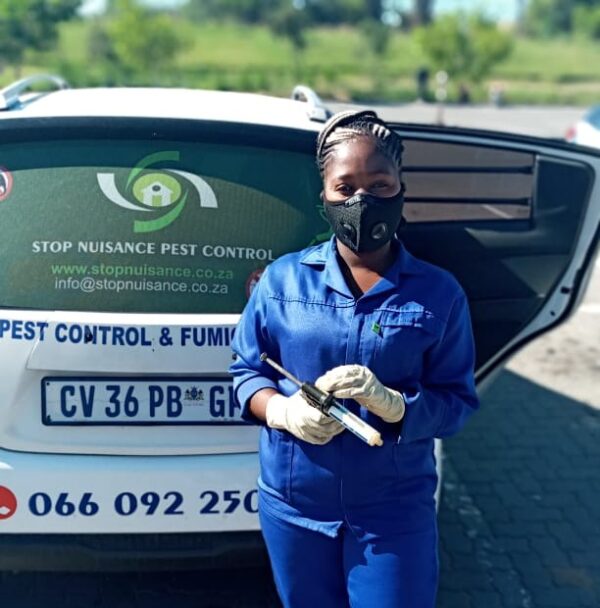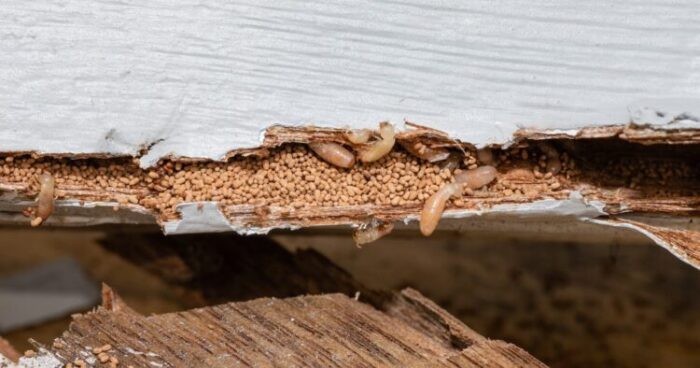Termites are small insects that feed on cellulose materials like wood, cardboard, paper, etc. While a few termites in your home may not cause much damage, a serious termite infestation can lead to extensive damage to the wooden structures and framings of your house. Identifying termite activity early and taking appropriate control measures is crucial to prevent major destruction. In this article we talk about How to Identify and Deal with Termite Infestations.
Table of Contents
Signs of Termite Infestation

Here are some common signs that indicate the presence of termites in your home:
Mud Tubes Termites build narrow mud tubes to connect their nest to food sources. Check walls, wooden beams, foundations for such tubes. Crumbling the tubes reveals termites inside.
Hollow Wood Sound Tap on wooden structures with the handle of a screwdriver. A hollow, drum-like sound indicates termites have tunneled inside and weakened the wood extensively.
Piles of Sawdust Look for any sawdust-like material near wood joints, beams. It is fecal matter and evidence of termite infestation.
Discarded Wings Swarming reproductive termites shed their wings. Check attics, window sills for piles of tiny wings left behind.
Damaged Wood Inspect all exposed wooden blocks, sidings, trims for cracked paint and wood damage. It can result from extensive termite tunneling inside.
Types of Termites
There are three major categories of termites:
- Subterranean Termites The most destructive variety, they form nest in soil and build mud tubes to reach the house.
- Drywood Termites They reside within wooden structures and do not require contact with soil.
- Dampwood Termites Dwell in moist, decaying wooden materials. Usually found in bathrooms, kitchens, and laundry areas.
Professional Termite Inspection
If you do spot any of the above termite signs, it is advisable to have a certified professional conduct a thorough termite inspection. Here is what you can expect from such inspections:
- Inspection around the house foundation for mud tubes connected to the soil.
- Checking conducive entry points like cracks in foundation, gaps around pipes.
- Probing wood materials with a screwdriver to gauge the extent of damage.
- Checking attics, crawl spaces, unfinished basements for termite presence.
- Detailing areas of visible infestation on a graph paper.
The technician will also identify the exact termite species to customize the right treatment plan.
Termite Treatment Methods
Based on the inspection report, you can explore these effective termite treatment options:
- Liquid Soil Treatment It involves creating a chemical barrier in the soil around foundations through drilling and injecting termiticides. It kills termites dwelling in nearby soil.
- Termite Baits Works best for active subterranean termite colony nearby. The baits are placed in stations near termite activity. Termites consume the bait laced with slow-acting toxins and transfer it to their colony. Over time, it eliminates the entire colony.
- Wood Treatment For drywood termites residing within wooden materials. Specialized drilling and injecting of termite killing solutions. Also fumigation underneath tents.
- Physical Barriers Installing termite shields, stainless steel mesh in concrete foundation and around pipes prevents termites from gaining entry into the building.
DIY Termite Prevention
Alongside professional termite treatment, some DIY routine measures also help.
- Eliminate any wood debris and formwork in soil near the house.
- Ensure proper drainage and slope of soil away from your home’s foundation.
- Ventilate damp areas in basements, crawlspaces to prevent moisture accumulation.
- Seal all cracks in foundations, repair faulty plumbing and leaks to deny entry points.
When to Call a Professional
While DIY measures help for prevention, termite infestations often warrant professional services. If you notice signs like mud tubes, discarded wings, or crumbling wooden beams call reputed pest control companies immediately. Timely intervention is necessary to stop population growth and major structural damage.
Use this comprehensive guide to check for termites regularly and apply timely treatment. Early identification and following integrated pest management principles are vital for effective termite control. I sincerely hope you find this “How to Identify and Deal with Termite Infestations” article helpful.

With over 5+ years of experience in pest control and a PhD in Entomology, our author brings a blend of scientific knowledge and practical expertise to Pestifier.com. Passionate about creating pest-free environments, they provide effective tips and strategies for managing and preventing pest infestations. Connect on Facebook for the latest updates and insights.

